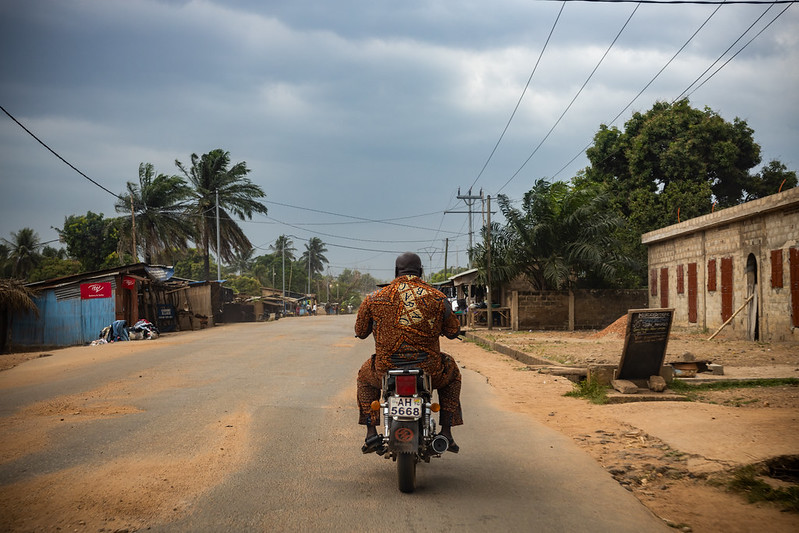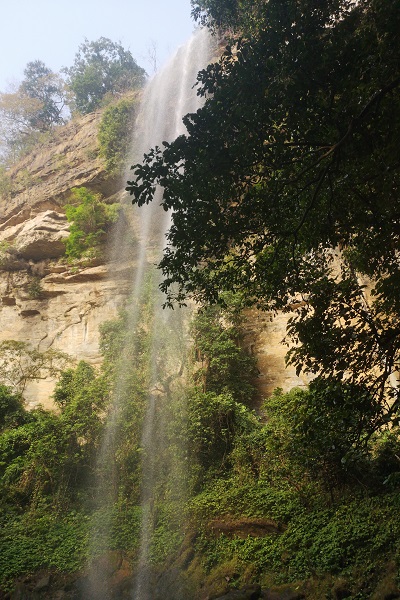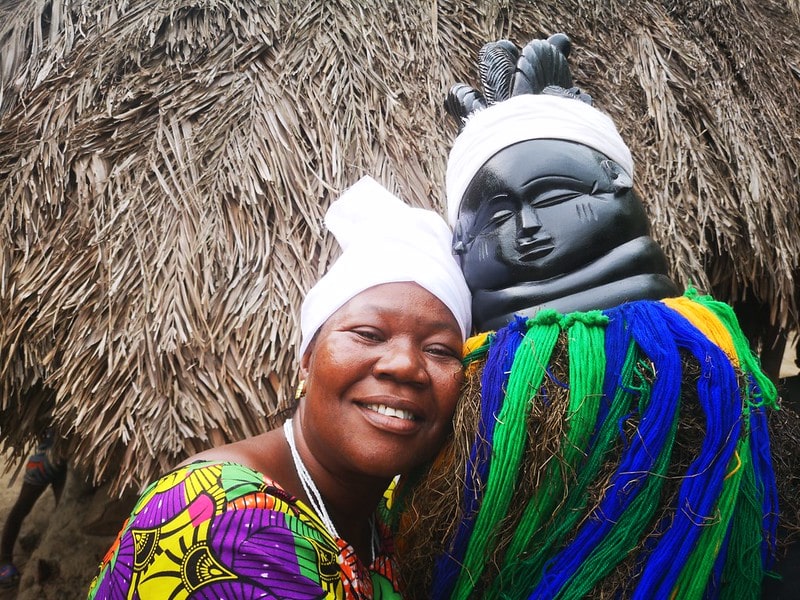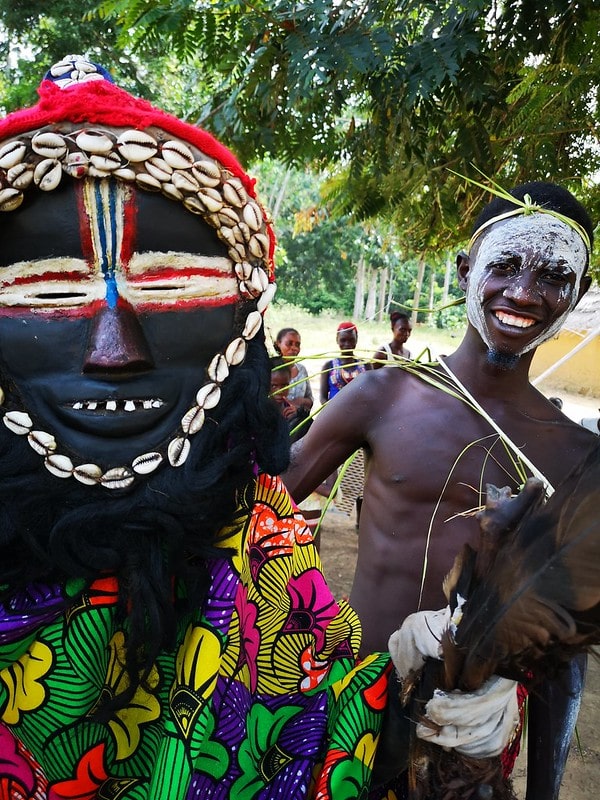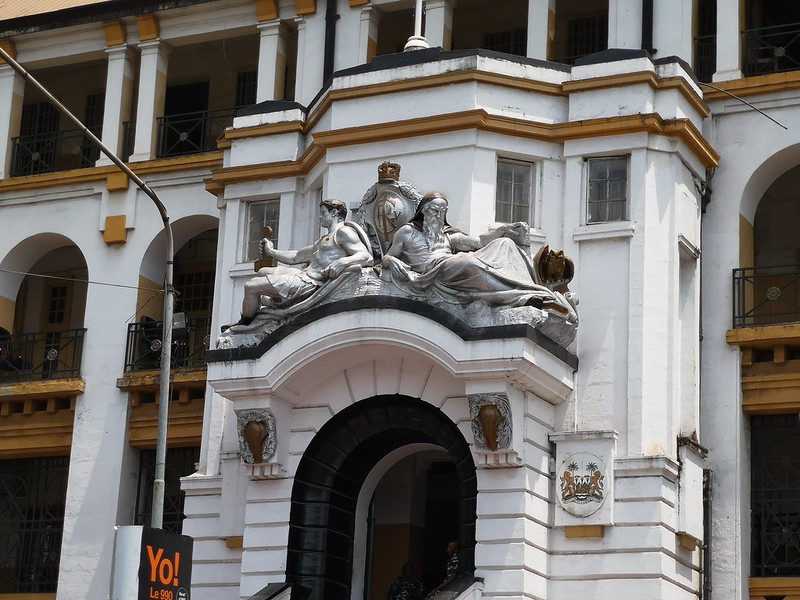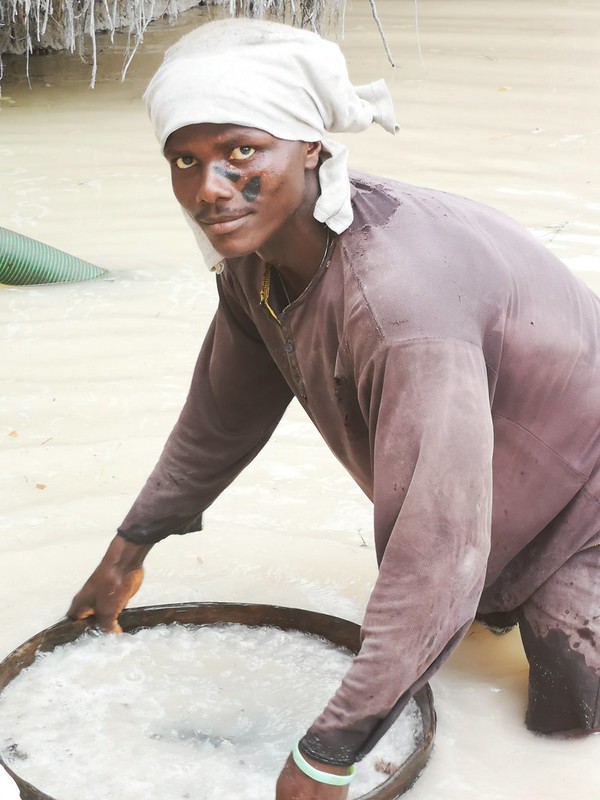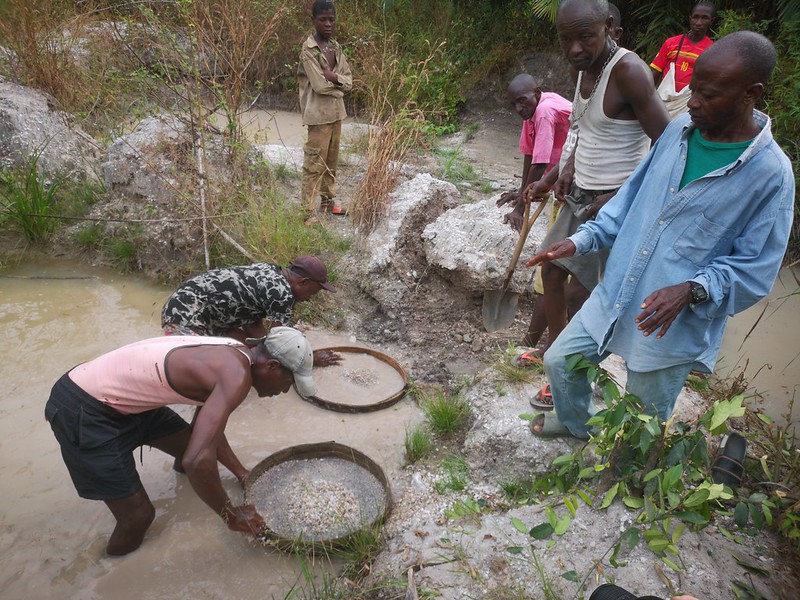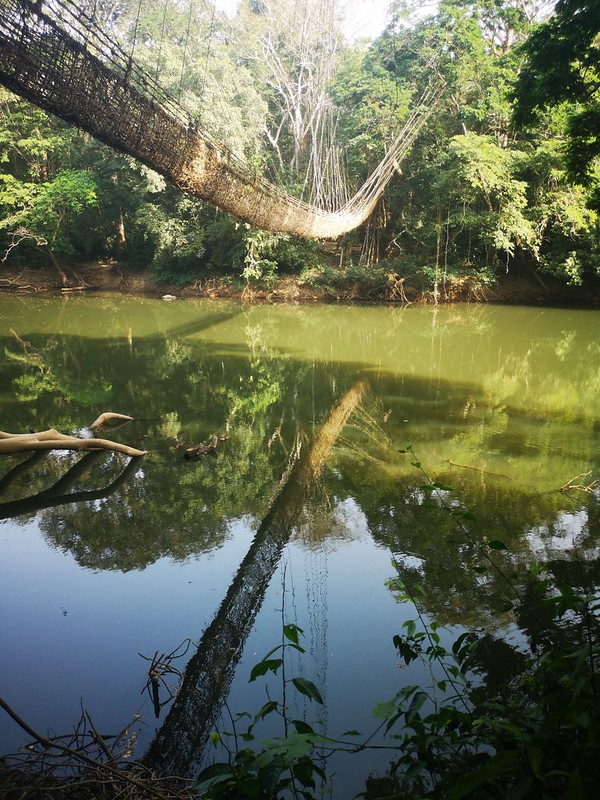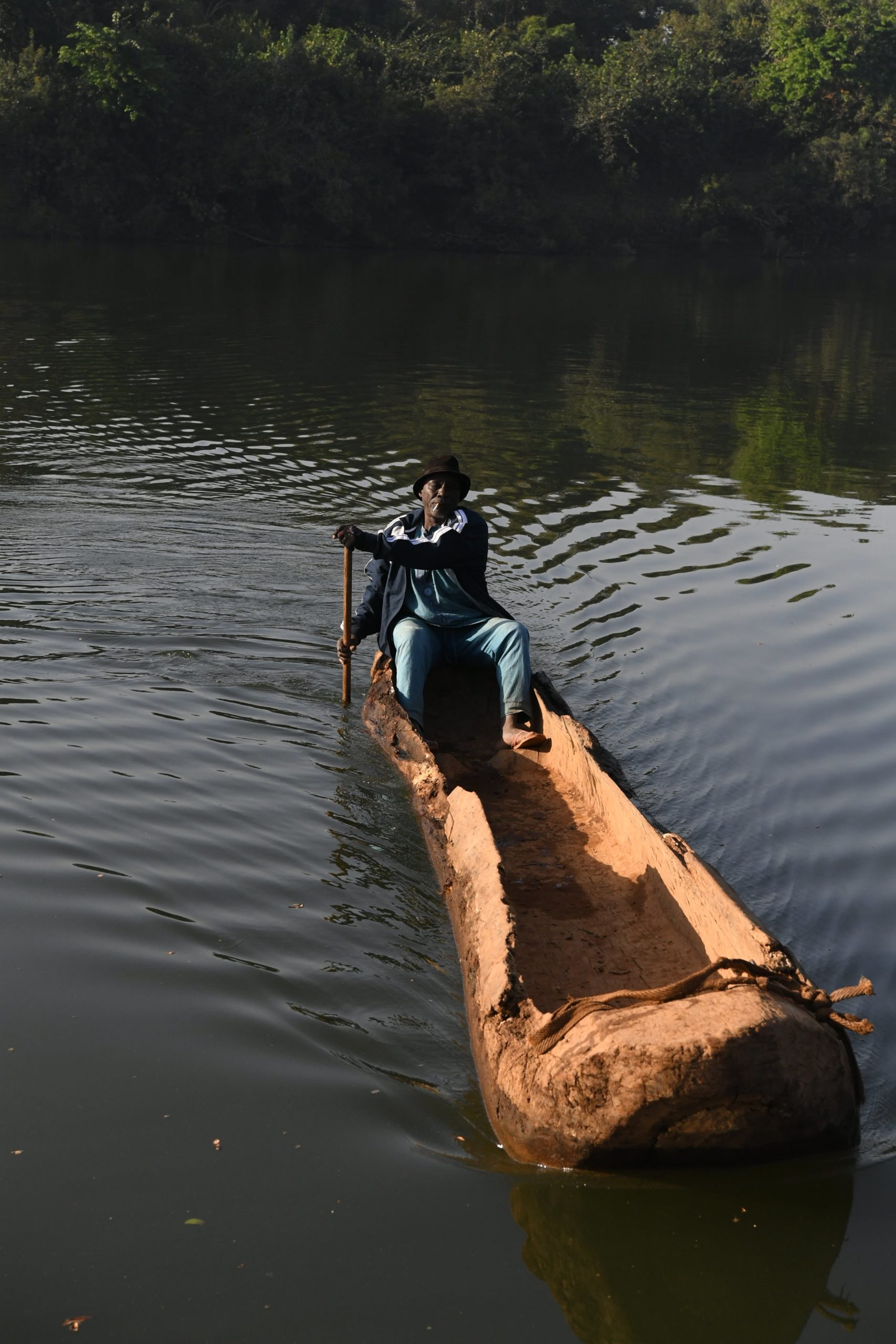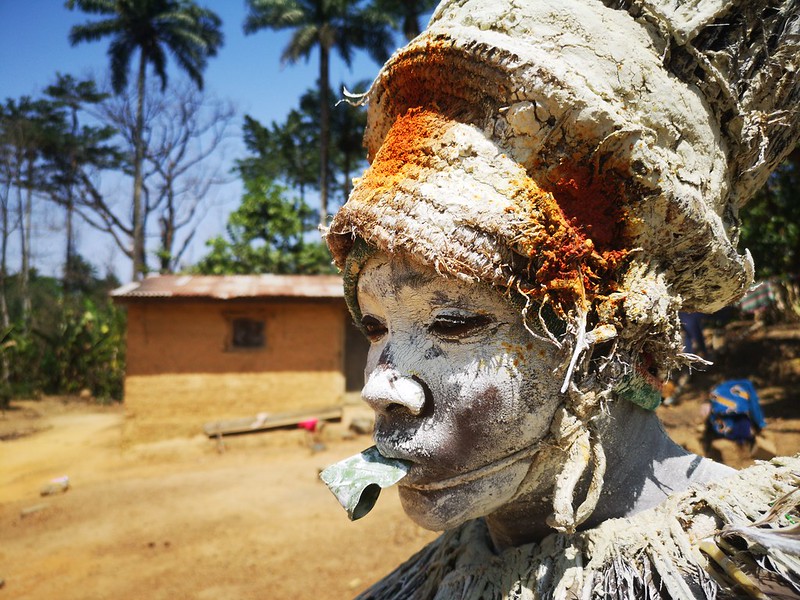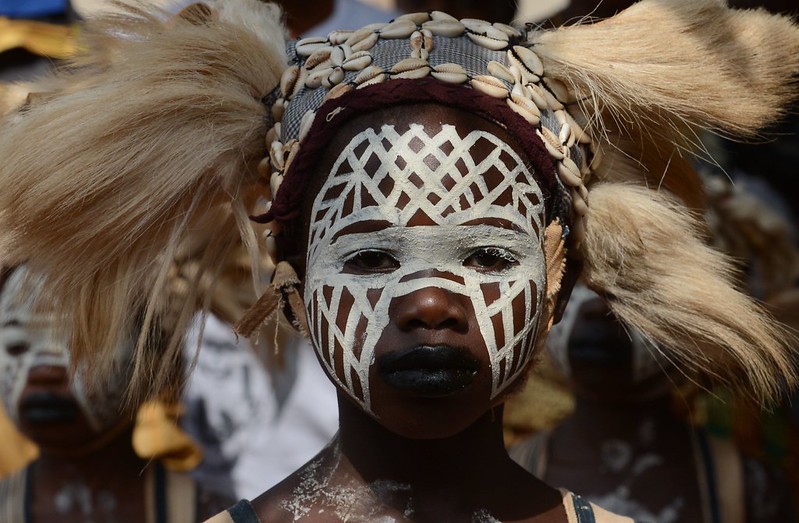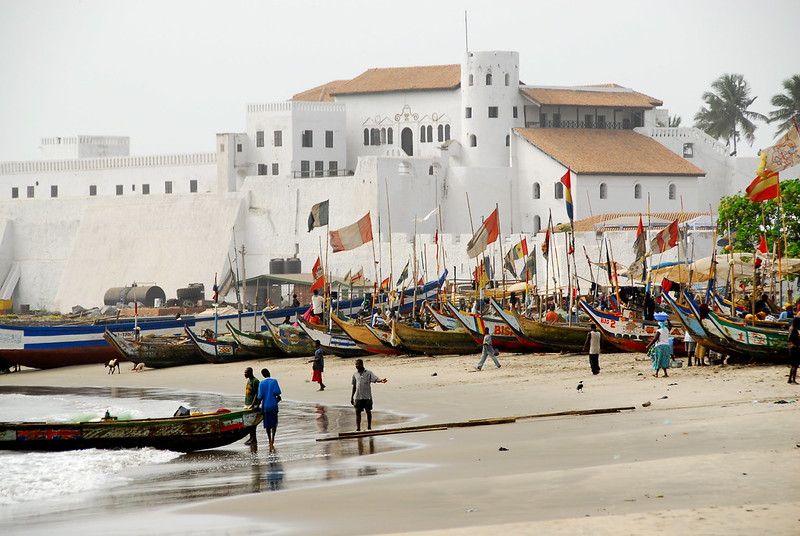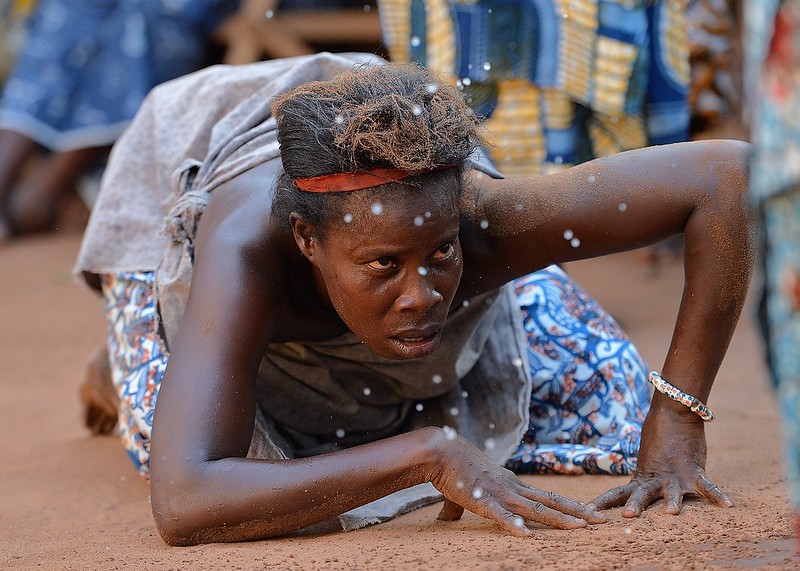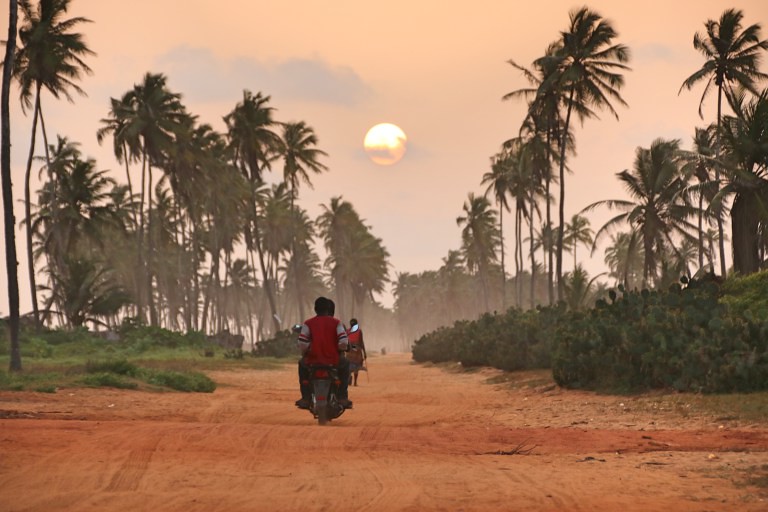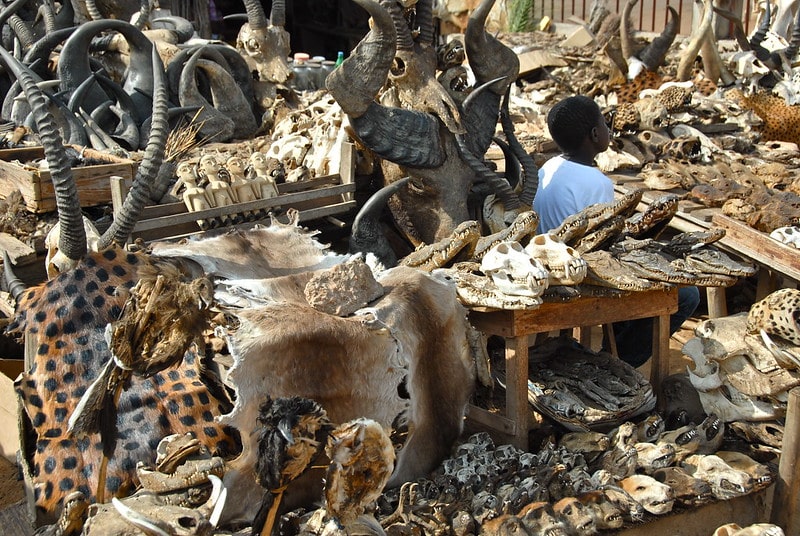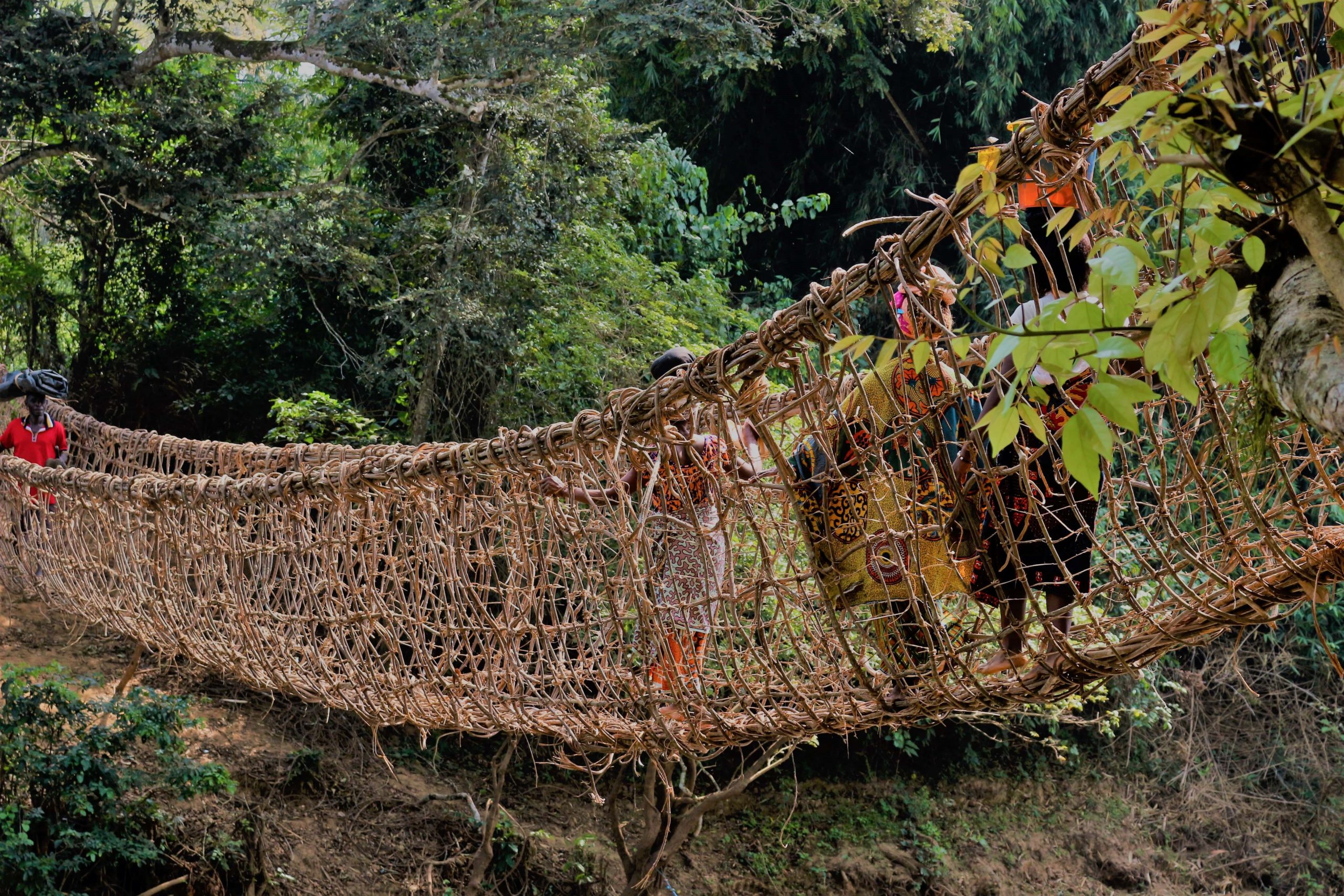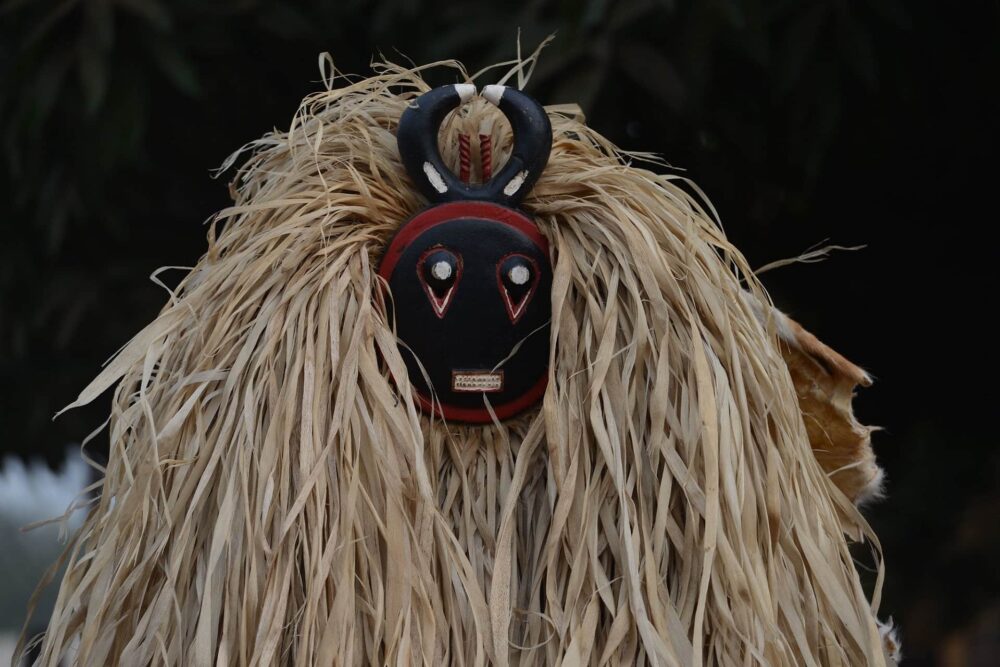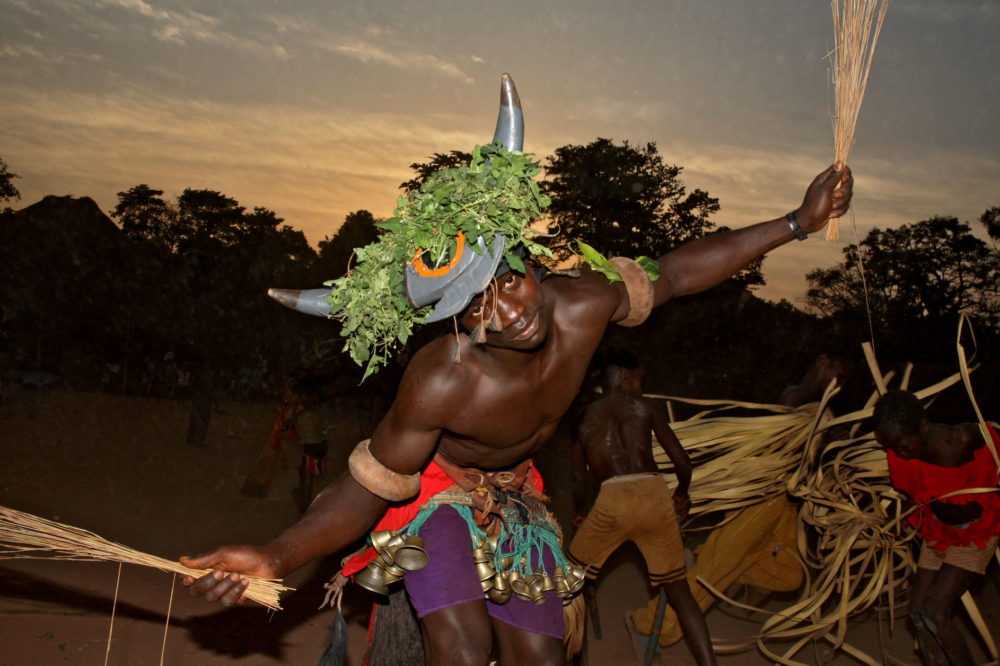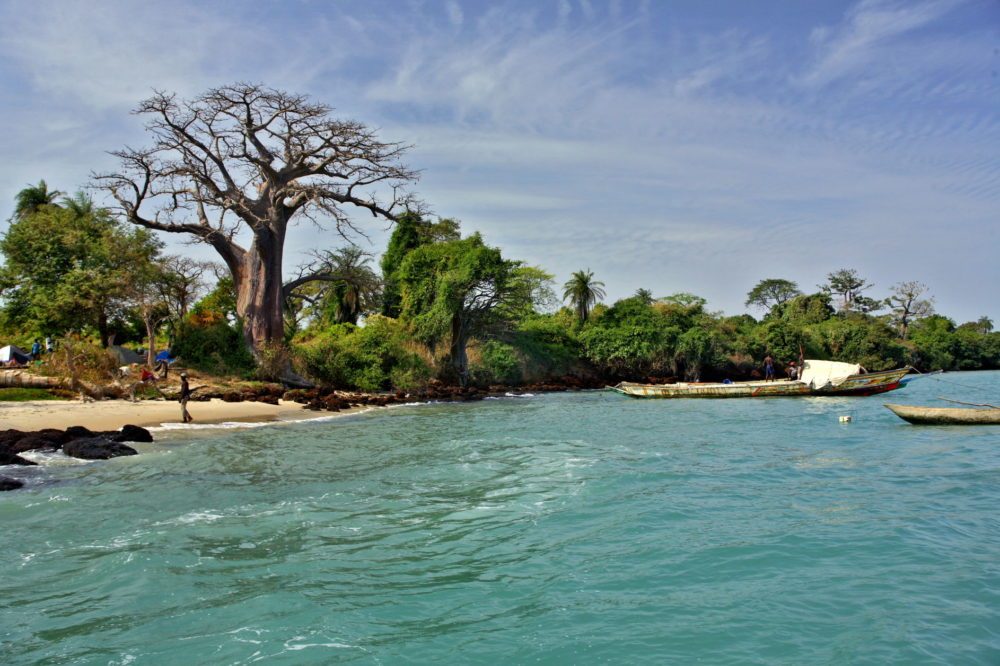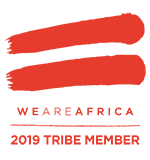Description
GUINEA BISSAU, GUINEA CONAKRY, SIERRA LEONE, LIBERIA, IVORY COAST, GHANA, TOGO AND BENIN
EXPERIENCE. Start with an authentic tribal concert. Join Fula the tribe of zebu herders to discover their adobe architecture and bas-reliefs. Be accepted at the “Council of the Elders” in a large clay palace on the Fouta Djalon, the main mountain massif in West Africa. Freetown is the large and colorful capital of Sierra Leone, the first British colony in Africa with the oldest university in this part of the continent. Discover Banana Island pristine paradise, hidden sacred drummers and diamond seekers. Monrovia is the capital of the oldest independent republic in Africa. Liberia has never been a colony or a protectorate, in 1847 was already ruled by a black president, the Afro-American Roberts born in Virginia and part of the Kriol settlers, considered the founders of the nation. The Kriol culture has expressed a unique architecture and symbols of power in the countries of the freed slaves. Witness the animistic ceremonies of women secret society and a rare female mask dance. Explore the forest to find liana bridges and initiated. Discover ancient rituals of girl initiation and stroll in the atmosphere of an old colonial capital. Arrive in the day of Ashanti ceremonies. Visit 15th century slave trade castles and fisherman villages located side to side on the shores of Guinea Gulf. Accra with is night life start to be considered the most vibrant capitals of the continent. End with the regions where Voodoo has been originated and with its trance rituals is still the most practiced religion. Enjoy traditional villages but also contemporary Africa as metropolitan live music.
CLIMATE. The departure dates have been chosen to enjoy the best climate. Late autumn (and spring) are the perfect seasons to travel through the Sahara; temperatures are mild and pleasant; nights are cool but not cold and the days are warm but not hot. Winter (and early spring) are the coolest times of the dry season in Sub-Saharan West Africa.
COMFORT is a must to fully enjoy a long travel experience off the beaten path.
Transports: modern, air-conditioned 4×4 vehicles will be the main means of transport on rugged routes, while on main roads, modern, comfortable air-conditioned minibuses will be used.
Overnights: in comfortable hotels, four stars (****) in the capitals. Recent hotels with air-conditioned rooms and private facilities in the rest of the itinerary. The accommodations have been chosen prioritizing comfort, quality of food, friendly service, typical architectural style, and scenic locations. In the remote areas of the Sahara, we will enjoy two nights at our mobile camp with large Bedouin tents, carpets, mattresses and chairs. In case of sand wind, a comfortable restaurant-tent will be set for dinner. A well-organized camp experience under the stars of the desert is a must for the “Sahara experience”.
SAFETY is our main concern. The expedition is based on our long experience of the area and is led by knowledgeable expedition leaders. The itinerary is safe, our local network constantly monitors it thanks to a permanent presence in the field providing updated information.

Day 1 (Dic. 11th, 2024): ISLANDER LIFE – Guinea Bissau
Transfer from the airport to the Hotel.
Day 2 (Dic. 12th, 2024): GRIOT: THE AFRICAN TROBADORS – Guinea Bissau
Early morning departure. After lunch, we leave the main road for a small village in the Malinké region.
The Malinké are the descendants of the ancient Mali Empire and are widespread in the current territories of Mali, Guinea Conakry, Ivory Coast, Senegal, and Guinea Bissau. Griots are a group of musician-narrators dating back to the 13th century Mali Empire. The village we visit is known for griot families who have been passing on these traditions for generations since the days of the Empire. Well-known also for their skills in producing musical instruments, they will perform a concert. Arrival at Gabu.
Day 3 (Dic. 13th, 2024): A REMOTE CORE OF AFRICA – Guinea Bissau – Guinea Conakry
Early departure for a long day of drive. At a remote border we will cross to Guinea (Guinea Conakry, former French Guinea), experiencing a region with wild empty spaces, spectacular mountains covered with a wooded savannah, tropical dry forests and isolated Fulla (Peul) settlements on the Fouta Djalon massif.
Considered the most spectacular area of Guinea, thanks to the mountains, highlands, savannah and deep valleys, the Fouta Djalon is the “water reservoir” of West Africa. As a matter of fact, 3 rivers that give name to 4 nations: Niger, Nigeria, Senegal and The Gambia, have their offspring in Guinea.
This territory is inhabited by the Fulla (also called Peul), famous for their beauty and their skills as the main stockbreeders of Zebu cows in West Africa. We will visit isolated villages, with large clay houses decorated with bas relief, high conical roofs with several layers of straw. Evening arrival to Labe.
Day 4 (Dic. 14th, 2024): FOUTA DJALON – Guinea Conakry
Full day dedicated discovering the Fouta Djalon. Leaving Labe, we will discover a fantastic natural environment where mountains meet savannah and deep valley with forest. The highest waterfalls in West Africa are framed by the forest, in a pristine landscape.
After having been introduced by our connections to the elders, presenting traditional gifts as cola nuts, we will have the privilege to be received by chiefs and dignitaries sitting in council. In a very large clay round hut with a decorated grass roof, dressed in traditional costumes, the descendant of one of the oldest Fulla Kingdom will tell us the history of their people and accept to answer our questions about the origins of their tribe and the traditional rules still practiced. The “casa a palabra” (the house of word) with fine adobe bas-relief is in a pure Fulla (Peul) architectonical style. Here the chiefs used to meet with the colonial administration.
Visit to the villa built by the colonial governor and later used by the first president of independent Guinea. The leader of the independence was Sekou Touré, one of the most radical anti-colonialist African politician’s; he refused any cooperation with the French and created strong ties with the Soviet Union and a personal friendship with Ceausescu. Some villas used by the ministers and by the guests of Sekou Touré are reminiscences of that time.
Arrival in Dalaba at 3,900 Ft. (1 200 m.) altitude.
Day 5 (Dic. 15th, 2024): MOUNTAINS AND FORESTS – Guinea Conakry
We will leave Dalaba following the southern slope of the massif to reach Mamou, Kindia and Forecariah in the evening.
Days 6 and 7 (Dic. 16th & 17th, 2024): FREETOWN PENINSULA, A LONG HISTORY – Guinea – Sierra Leone
The road joins the border of Sierra Leone, approximatively late afternoon arrival in Freetown, the capital of the country.
Freetown origins: in 1786 the first 380 freed African slaves arrived in Sierra Leone from America where they have fought in the independence war on the side of the British. After having lost the war, the British sent them to Sierra Leone and created the first freed slave settlements. Few months after their arrival, the newcomers were starving, got new and unknown diseases and fought with the locals, who could hardly stand them. A few years after, during the Napoleonic war, Freetown was displaying the British flag and had been attacked by seven vessels of the French navy and destroyed. Few survivors escaped on the pirogues sent by… the slave’s traders. From 1807, due to the abolition of the slave trade by the British Empire, the ships of the slave’s traders caught by the British Navy freed the slaves in Sierra Leone. In 1808 Freetown became the capital of the first British colony in tropical Africa. At that time the Krio peoples, or ex slaves, were more than 50,000, creating an elite who put pressure on the administration for better education. In 1845 “Fourah Bay” the first University in West Africa was built. During Colonial time Freetown was known as the “Athens of West Africa”.
Afternoon drive along the coast at the slopes of the Freetown peninsula mountains, only the yellow of the beaches divide the green of the forest from the blue of the ocean. The country has been named after these mountains, the Sierra (mountains) of lion. A local boat will bring us to Banana Island.
Day 8 (Dic. 18th, 2024): BANANA ISLAND – Sierra Leone
Full day circumnavigating, exploring and walking to discover a pristine paradise such as mountains, primary forests, villages and remote tiny beaches. For the most active travellers a 2-hour hike in the forest or continue the circumnavigation of the island.
Day 9 (Dic. 19th, 2024): DIAMONDS – Sierra Leone
After lunch arrival in BO. Seeking for diamonds is as addictive as gambling, at least, the possibility of finding a “fortune” may become a reality, only for a lucky few. Diamonds have played an important role in the recent troubled history of the country. The quantity and quality of “stones” still to be find is important. We reach a village. After asking permission from the chief, some villagers take us to the site where we can meet diamond seekers. A local person will explain us the technics of artisanal mining and “sand washing”.
Day 10 (Dic. 20th, 2024): BUNDO: FEMALE MASKS – Sierra Leone – Liberia
A spectacular road through the forest will bring us to the Mano River and to the border with Liberia. In most parts of Africa, the masks are male’s prerogative, however among the Mende people and neighbouring populations the masks Bundo are a female’s domain, and they have a crucial role in girls puberty rites. In a tiny village we will experience the exit of these masks, an event that calls for the participation of a colourful crowd. Arrive in Monrovia in the evening.
Day 11 (Dic. 21st, 2024): “LIBERIA”: THE LAND OF FREEMEN – Liberia
Liberia is the only African country which has never been either a colony or a protectorate; Liberia was founded by Krio, freed slaves who came back to Africa from the USA and for this reason was named “Liberia”. Krio are 5% of the population and they are the main actors of the economy and politics, they are considered the creator of the Nation and of the modern economy. 80% of the population speaks the local Krio language, a sort of American-English “Pidgin”.
Our ocean-view hotel is the right starting point to have an interesting walking-visit of the town. Freemasonry had a great impact on the history of Liberia and Krio culture, visit of the Grand Masonic Temple imposing building, and if we’re lucky, meeting with the Grand Master. A symbol of Monrovia is what left of the Ducor Palace Hotel, inaugurated in 1960 was one of the first five stars in Africa. Located on a rocky hill in the highest point of Monrovia, dominate the whole town and the gulf. The hotel hosted social events and parties of the African elites at the effervescent time of independence. In the large swimming pool facing the ocean Idi Amin used to swim caring his gun at the belt while his friend Miriam Makeba was singing. After the civil war the building was looted several times, the hotel is now abandoned and closed, but seeking the right permission, we may be able to visit it. In 2008 the government made a deal with Ghaddafi to rebuild it, however the project, as many other Libyan development projects in Africa, never came to conclusion thanks to the regime change war that Europe and America started to overthrow Ghaddafi. The building of the National Museum is itself a display of Krio traditional architecture, within we discover a large collection of ancient masks and ritual objects. The visit includes a photographic show about the civil war which took place between 1989 and 2003. Old colonial buildings, stone Krio churches will be also part of this intriguing town visit.
Lunch and departure for Gbarnga.
Day 12 (Dic. 22nd, 2024): LIANA BRIDGES – Liberia – Ivory Coast
Morning departure to Ivory Coast border. After formalities, a road through lush vegetation will take us to a remote village and a short walk to a spectacular liana bridge crossing a large river in the jungle. Liana bridges are masterpiece of a genuine “tribal technology”. They are built exclusively with vegetal materials, as wood and lianas without the use of nails or rope nor other materials foreign to the forest. Only the initiated can harvest the liana and wood and leave it in the forest, it is believed that a powerful spirit will build the bridge in one night. Neither women nor non-initiates are allowed in the forest during the preparation of a new bridge, to ensure the secrecy of this ‘magic technology’. Evening arrival to the small town of Man, surrounded by 18 green mountains, the capital of this forest region. We will spend two nights at a comfortable hotel in Man.
Day 13 (Dic. 23rd, 2024): DAN MASKS – Ivory Coast
The small town of Man is the capital of the We, Dan and Guéré ethnic groups, known for their masks, considered among the masterpieces of African art.
Full day discovering the Man region.
In a nearby village, encouraged by the incessant rhythm of tam-tams, masks will emerge from the forest. According to the cosmogony of Dan people, there is a supreme god that creates the world and communicates with humans only through its intermediaries, the masks. During the masks’ dance, the distance between the humans and the spirits disappears, the cosmic and the social orders are restored, and gratitude is expressed to the gods and the ancestors. Dan Masks are one of the finest African masks known for the balance of their shapes.
Man’s market is an important market where villagers come from the region and from the neighbouring countries. It will be possible to find a large choice of handicraft and, with a bit of luck, authentic masks and traditional objects.
Return to hotel Amoitrin.
Day 14 (Dic. 24th, 2024): MAGICAL TRADITIONS – Ivory Coast
Full day dedicated to experience vibrant tribal culture and magic traditions.
4X4 vehicles will be needed to reach a remote region where the arrival of foreigners is a rare event. The track across rudimentary bridges made of logs will lead us to an isolated settlement inhabited by the Gueré whose masks are recognized and collected for their powerful expressive power. The masks will dance through the village.
If lucky we will witness the rare “Jugglers” performances. Girls initiatory juggling is an ancient tradition, now vanishing. The initiated girls, their faces painted with white kaolin, will perform a spectacular acrobatic dance, “flying” from one dancer to another…
Return to the main road and reach the town of Daloa in the evening.
Day 15 (Dic. 25th, 2024): CATHEDRAL IN THE SAVANNAH – Ivory Coast
Day of driving South-East. We continue our journey across coffee and cocoa plantations, dotted only by small villages. Ivory Coast is the world’s main cocoa producer, the second is Ghana and together they represent more than half of the world’s cocoa production.
In a village of the Guro tribe, we attend the Zaouli dancing masks. The Zaouli mask, was probably inspired by a girl named “Djela Lou Zaouli”, however, the stories on the origins of the mask are varied and each mask can have its own symbolic history. The uniqueness of Zaouli dance is the fine and sophisticated movement of the legs and the feet.
In the afternoon, we will reach Yamoussoukro, the country’s formal capital since 1983 and the native village of Houphouët-Boigny, the first President of the Ivory Coast. Here the Ivorian dream of the 1970s and 1980s has come true, the dream of a country that, despite its shortage of major natural resources, has built up the most flourishing economy of French speaking West Africa, to the point to rival in architectural style and size the European capitals.
We visit the Basilica of the Virgin of Peace, inspired by St Peter’s in Rome is the largest Christian building on earth, the high colourful glass windows are unique. In the city, we see wide boulevards where the few cars try to avoid big potholes, Zebus and chickens, huge government buildings, the lofty hotels up to 14 floors high and even an artificial lake inhabited by crocodiles, everything has an abandoned look. What is most striking is the feeling of emptiness because of the nothingness surrounding this illusion… Despite the title of capital city, the ministries, embassies, and the presidency of the republic itself remained in Abidjan.
Day 16 (Dic. 26th, 2024): ABIDJAN, SKYSCRAPERS AND LAGOONS – Ivory Coast
We drive on the only highway of the country to reach Abidjan in late morning. Beyond the lagoon, the “plateau” (the City District) is growing very fast, while most of the African cities grow horizontally, Abidjan grows vertically. Not much land is available and the little available must be continually recovered from the waters of the Ebrié Lagoon. The modern City District is defined to the west by the harbour and its endless queues of people waiting for a public boat, and to the east by the silhouette of Saints Peter & Paul Cathedral, built in a futuristic spirit by Italian architect Aldo Spirito in 1980. In the Youpugon district we will meet the Fanico people who wash clothes in the river and dry them on the surrounding lawns. Hundreds of colourful fabrics spread out on the grass create a giant patchwork. The chaotic traffic is a negative result of the fast-economic development of this country, that after the civil war has, some years, reached a 6% growth of the GDP. Visit of this modern and colourful African metropolis.
Day 17 (Dic. 27th, 2024): GRAND BASSAM – Ivory Coast
Short drive to Grand Bassam, an old town built on a sand bank between the lagoon and the ocean. It was the first capital of the French Ivory Coast colony and now a maritime leisure resort for the Abidjanese. Thanks to its calm avenues shaded by tall trees, large bougainvillea and well-preserved colonial buildings, Grand Bassam has a magical atmosphere. The old post office is a jewel of colonial architecture. The Costume Museum, in the former governor’s palace, with its large outer staircase is a true architectural gem and its unique collection of tribal costumes, masks, ornaments and ethnographic photographs gives an interesting perception of the country’s history and culture. In late afternoon we will reach the small town of Aboisso.
Day 18 (Dic. 28th, 2024): GOLD COAST – Ivory Coast – Ghana
From the coast of Ivory to the coast of Gold. Early departure for the border with Ghana. The abundance of gold led the first Portuguese navigators, who discovered this region in the 15th century, to call it the Gold Coast, a name that was changed to Ghana upon independence in 1957. Once in Axim, we will visit St Antonio fort, built by the Portuguese in 1515 on a bay near the estuary of Ankobra River, in a region rich in gold. The coast of Ghana is unique in the whole Africa for the concentration of ancient castles and forts. Over three centuries, more than 80 fortifications were built by the Europeans, to trade mainly gold, ivory and slaves.
Day 19 (Dic. 29th, 2024): ELMINA’S UNIQUE ATMOSPHERE – Ghana
Full day dedicated to discover ancient slave trade castles and animistic shrines.
After a stop at Cape Coast, we will visit Elmina Castle, the oldest and largest.
Elmina: a name linked to the history of Africa, but also to the history of all humanity. In 1482 Christopher Columbus and Bartholomew Diaz landed here with twelve caravels to build a castle under Portuguese authority. The site was chosen also taking into consideration the possibility of acquiring gold dust. Thus began the history of Elmina: a castle, a port, a village, which today celebrate the record of more than five centuries of continuous contact and trade between Africans and Europeans. The castle you visit today is the result of work carried out over the centuries by Portuguese, Dutch, English and local authorities. Throughout its history it was initially used as a fortified farm to supply vegetables, fruits, and fresh food to ships en route to the Indies route, but at the same time as a base for the purchase of gold dust, ivory, and valuable timbers. In the 18th century the castle reached its present extent when it became one of the main centres for collecting slaves to be sent to the Americas. Nowadays the castle is recognized as a UNESCO World Heritage site.
The fishing harbour facing the castle hosts hundreds of colourful wooden pirogues.
The alleys of this ancient fishing village will give us a lively and unique atmosphere, Ancient Portuguese, Dutch, and English buildings, now inhabited by locals bringing us back to the time before colonial era, when Elmina was the main place of exchanges and trade between European and Africans.
In a neighbour town we will discover the Posuban, shrines of the “Asafo companies” where the Asafo “warriors” still pour libations.
Day 20 (Dic. 30th, 2024): ASHANTI – Ghana
Late morning arrival in Kumasi, the historical and spiritual capital of the old Ashanti Kingdom. The Ashanti were one of the most powerful nations in Africa until the end of 19th century, when the British annexed Ashanti Kingdom to the Gold Coast colony. The honours still paid to the Asantehene (the King) testify to past Ashanti splendour and power. With more than three million inhabitants, Kumasi is a sprawling city with a fantastic central market, one of the largest in Africa. Every type of Ashanti craft (leather goods, pottery, Kente cloth) is found here, along with just about every kind of tropical fruit and vegetable.
The visit includes the Ashanti Cultural Centre, a rich collection of Ashanti artifacts housed in an interesting reproduction of an Ashanti ancient house. In the afternoon we will participate – if available – to a traditional Ashanti funeral, attended by mourners wearing bright red or black togas. We say “funerals” but it means a “festive” celebration, the deceased spirit is believed to return to his family and through this ceremony becomes an ancestor spirit that protects its peoples. Relatives and friends gather and celebrate its return.
Day 21 (Dic. 31st, 2024): ACCRA “THE CAPITAL” – Ghana
Arrive in Accra early afternoon. The capital of Ghana has maintained its special identity despite the fast-paced development currently underway in this African large metropolis. We explore James Town neighbourhoods, inhabited by the autochthonous population known as the Ga. We will enjoy the atmosphere and visit evidence of the slave period. Our tour ends with the visit to a workshop specialized in carving “fantasy coffins”. These special handcrafted coffins can take on any shape: fruits, animals, fishes, cars, and airplanes, the only limit being the imagination!
Day 22 (Jan. 1st, 2025): LOME: COSMOPOLITAN AND STYLISH HUMAN SIZE CAPITAL – Ghana – Togo
Morning departure to the Togo border.
Lome is one of the rare capitals situated at the border of the country, the only African town which has been ruled successively by Germans, British and French and has attracted an important community of traders from different African countries and as far as from Brazil. These elements and influences have developed a unique lifestyle, cuisine and architecture. Lome is still a meeting point for people, trade and cultures. We will visit the central market with the “Nana Benz”, women who control the market of the expensive “pagne” (colourful cloths) sold all over West Africa, the colonial buildings and the largest “fetish market” in the whole African continent, where we can find an eclectic assortment of all the necessary ingredients for love potions, magical concoctions and Voodoo incantation. Lome is also an important trading centre for tribal crafts and art.
Evening, optional, music bars in town.
Day 23 (Jan. 2nd, 2025): VOODOO – Togo -Benin
Voodoo is the main religion in the coastal areas of Togo and Benin, authentic ceremonies are practiced by the numerous adepts. The frenetic rhythm of drums and the chants of the initiates “call” the spirits which will manifest by possessing some participants that falls into a deep trance, the eyes roll back, grimaces, convulsions, insensitivity to fire or pain. Sakpata, Heviosso, Mami Water are just some of the Voodoo divinities who can manifest. Surrounded by the magic atmosphere of the ceremony, we will understand what local people mean when they say: “In your Churches you pray God; in our Voodoo shrine we become Gods!”.
Border with Benin and arrival to the small town of Grand Popo.
Day 24 (Jan. 3rd, 2025): OUIDAH, AFRO-BRASILIAN CULTURE – Benin
Between lagoons and ocean, we will discover the Zangbeto cult. The Zangbeto mask is very tall and covered in colourful straw.
It represents wild, non-human spirits (the forces of nature that inhabited the Earth before human). The mask wearers belong to a secret society and keep their identity hidden. When the Zangbeto dance it is an event for the entire village. Its performance guarantees protection against bad spirits and witchcraft. The spinning movement of the mask symbolizes the spiritual purification of the village and Zangbeto also performs «miracles» to prove its powers.
Drive to Ouidah, this small town was conquered by the Dahomey Kingdom during the 18th century and became a main slave shipping port. We start the visit following the “slave road” to the shore, “the door of no return” where slaves were shipped to the Americas. Ouidah enjoys a rare Afro-Brazilian architecture, as a unique mix of cultures where the python temple faces the Catholic Cathedral. The laid-back attitude of the locals blends with the thunder of the distant waves and the rhythm of the drums seem to bring back the murmuring echo of the columns of slaves embarked from these beaches – a timeless atmosphere described by Bruce Chatwin in his novel “The Vice-Roy of Ouidah”. On foot we visit the Python Temple and the Portuguese Fort (currently closed because under renovation), now a small but interesting museum on the history of Ouidah, the transatlantic slave trade and the links that the trade has created between West African costal countries and the Caribbean Voodoo culture.
Day 25 (Jan. 4th, 2025): THE STILTS VILLAGE – Benin
Drive for miles on the fisherman track between endless beaches, tall palm trees, grass-huts and colourful pirogues. We will leave our vehicles and cross Lake Nokwe on a motorized boat to reach Ganvié, the largest and most beautiful African village on stilts. The approximately 25,000 inhabitants are part of the Tofinou ethnic group and build their wooden houses on teak stilts. Breeding fish with an ancient tribal technology is their main activity. Ganvié has managed to preserve its traditions and environment despite the long-lasting human presence in a closed setting; and the lake is not over-fished. Daily life unfolds in the dugout canoes that adults and children row with ease using brightly coloured paddles. From these canoes, men fishing, women expose goods at the “floating market”, children go to school and play, in Ganvie children are said to learn to swim first than to walk.
Day room available in Cotonou and transfer to the airport. End of our services.
EXPEDITION LEADERS: with long experience of leading off the beaten track in West Africa and the Sahara, and an excellent understanding of African culture and traditions
EXPLORATORY ITINERARY: This itinerary is an expedition; participants must be flexible and ready to enjoy the unique encounters, but also some unexpected situations that are part of the African Experience.
VISAS:
Guinea Bissau: single entry visa required; we can obtain the visa during the tour. Please alert us in advance, at the booking.
Guinee Conakry: visa is mandatory and can be obtained applying on the official platform: https://www.paf.gov.gn/dnpaf/?page_id=335&lang=en
We recommend to upload all these documents even if they don’t seem to be all required: copy of passport front page, passport size photo (white background, low definition), full flight coupon (even if you do not land/leave from the country), yellow fever vaccination, covid vaccination card, invitation letter (we will provide this last document). Please be sure all documents will not exceed the maximum pixel size required and check that they will appear in your upload session at the moment of your application. The E-visa cost is 80 USD. Please keep us updated about the status of your demand.
Liberia, single entry visa required.
Sierra Leone, visa available at the border (cost 100 USD) when entering the country by land. If you join in Freetown, arriving by flight, you need a pre-visa: https://evisa.sl/#/home
Ivory Coast, single entry visa required. The Ivory Coast E-Visa is not valid for entry by land borders, needed visa from the embassy competent with the country of residence.
Ghana: Single entry visa required; the visa is issued only at the embassy competent with the country of residence.
Togo, E-Visa: https://voyage.gouv.tg/
Benin, E-Visa: www.evisa.gouv.bj/en/
IMPORTANT NOTE ON VISAS: Please, after booking, contact us and we will send our advice and suggestions on how to obtain the E-Visas and when Invitation Letters are needed, also if not clearly requested.
VACCINATIONS: Yellow fever – compulsory; malaria prophylaxis highly recommended. Cholera now not request, please check prior departure.
LUGGAGE: due to the exploratory itinerary, please to be contained in approximately 20 kg (45 Lbs.).
TRAVEL INSURANCE: Not included. Mandatory for medical assistance, repatriation, material and physical damages.
TRANSPORT: 4×4 vehicles and minibus. All vehicles are fitted for African conditions, have air-conditioning and each participant is granted with a window seat. Speed boats on the ocean, local boats to Banana Island.
MEALS: lunches: cold meals, picnics or at restaurants (pre-select menu). Dinners: at the hotel restaurants (pre-select menu). It is included one bottle of water each day during the visits.
NOTICE: The itinerary is designed to discover fascinating places, where often the visit of a foreigner remains an exceptional event. Participants need to be cooperative, tolerant and flexible to fully enjoy the expedition and appreciate the unique nature, as well as the spontaneous hospitality of the local populations, African magic and mystery, its metaphysics, ceremonies, life philosophies, beliefs that people are willing to share with us.
Itineraries, visits and overnight accommodations can be modified or adapted to local conditions or to force majeure. Only the organizers and the Tour Leader can decide on any changes.

